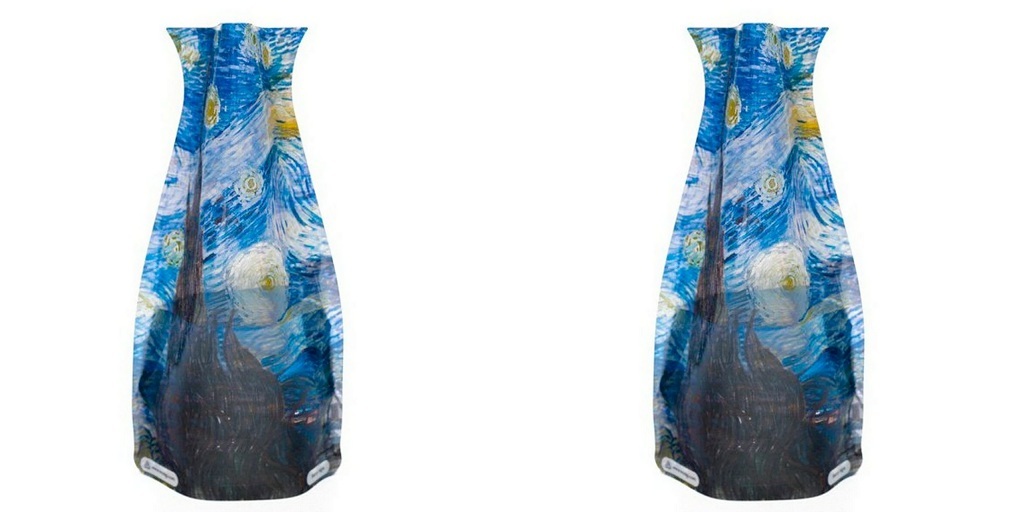Accessorize with museum reproductions
Most people think that furnishing their homes with high-quality art means having to pay commensurately high prices. Not only are most works by famous artists unavailable for sale, original paintings are simply difficult to come by for most of us.
Fortunately, you don’t need to be able to afford an original Monet to bring the French master’s signature dreamy style and use of vivid colors into any part of your home. Monet home decor, such as a reproduction of “Water Lilies” on a decorative plate or throw pillow, can be a great focal point in any room.
The same can be said for works from other masters such as Van Gogh or Renoir. In addition to mugs, throw pillows, coasters and jewelry boxes, certain artworks are available for purchase as framed reproductions that you can hang up wherever you desire. An even more creative approach is to purchase puzzle and framing them once you’ve finished putting them together. This 500-piece puzzle set of “Flower Garden” by Gustav Klimt is 14 inches by 19 inches when completed–a great size for framing and displaying.
The best and easiest way to find these reproductions is to visit your local fine arts museum. The Museum of Fine Arts, Boston, for instance, has a truly impressive collectaion of arts-related merchandise on their official website, as well as in their on-site gift shops. Because these products come directly from the museum, you can be assured of their excellent quality. Additionally, buying directly from a museum helps support the fine work that they do.
Invest in an accent wall
Accent walls are an easy way to jazz up any room. Much like colorful decorative items and accessories, they create focal points that instantly draw the eye. They can also be terrific conversation starters, and may even be considered artworks unto themselves.
Creating an accent wall involves a bit more than simply painting one wall of a room a different color than the others, though. To give off a cohesive appearance, it’s always best to take the other walls’ colors into consideration. Accent walls really pop when they’re utilized in rooms where the dominant colors are more neutral in tone. On the other hand, they may seem a bit overwhelming in a room with all-white walls.
Accent walls don’t have to be painted in a single solid color, either. You can experiment with patterns or even use textures to make them more visually interesting. You can also use a solid accent color to emphasize a statement art piece, such as this reproduction of “Fisherman’s Cottage on the Cliffs at Varengeville” from the MFA Boston’s Monet home decor collection. The combination should make for one truly eye-catching wall.
Give every room its own character with color schemes
Ever notice how some “home design inspiration” photos on the internet just seem more put together? It can be difficult to pinpoint exactly why that is at first glance. The one thing those rooms all have in common is simple when you get down to it, though: a cohesive color scheme.
In design, a color scheme refers to a combination of colors that complement each other. When used effectively, they can make rooms look more composed and polished. Using a color scheme to decorate a room can also make shopping for furniture and decorations much easier.
The easiest way to put together a color scheme for any room is to choose two colors: a base color and a secondary color. You can go monochromatic with blacks, whites, and grays, or use complementary colors–shades that are opposite from each other on the color wheel. The important thing to remember here is to choose a base color that is lighter than your secondary color, as the inverse can be somewhat jarring to the senses. You can optionally choose a third accent color that goes well with the first two.
To create the perfect balance between your colors, make use of the tried and true 60-30-10 rule that interior designers swear by. This means 60% of the room should be in your base color, 30% of it should have the secondary shade, while your accent color should only be limited to 10%. This prevents the brain from being overloaded with visual cues while giving off a clean appearance.
Looking for more home design ideas? A visit to MFA Boston should be an incredibly inspirational experience. The museum puts together a diverse calendar of exhibitions and programs throughout the year, which means there’s always something new on the horizon. While you’re at it, check out the MFA Boston online gift shop for the best deals on art books, home decor, and even apparel.



